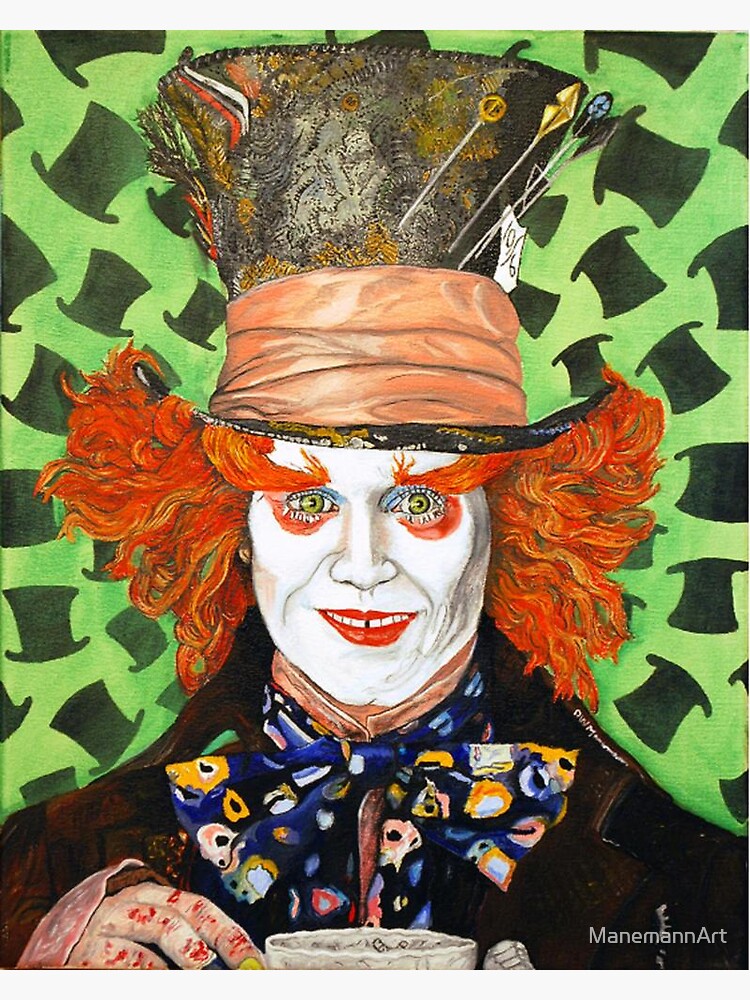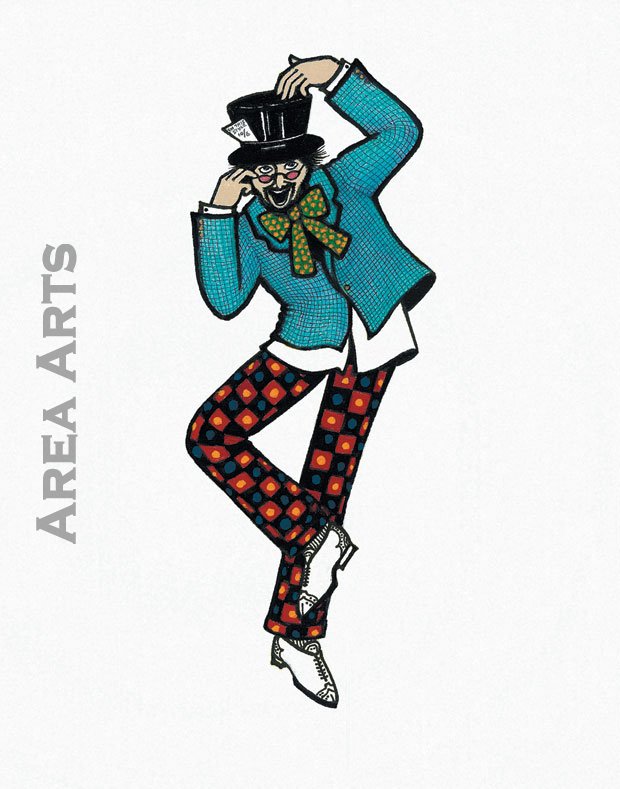
Can I design desktop wallpapers? Yes, you can! You do not need to be a graphic designer for you to do this. That said, desktop wallpapers cannot be ignored, they mean different things to different people. Adding a quote will act as a reminder of what inspires you in your day-to-day life. Interesting, huh? You can add an image that shows how you feel or one that means something to you. Sometimes, people display their feelings through the use of desktop wallpapers. They add glamor to your computer and make it look aesthetically appealing and highly presentable.

However, this element comes with a sense of beauty. In fact, you can decide to use a dark colour, and life will move on as usual. What is the use of a desktop wallpaper? Well, adding a wallpaper to your desktop is not mandatory. What you need to know is that these images that you add will neither increase nor decrease the speed of your computer.
MAD HATTER IMAGES DOWNLOAD
A desktop wallpaper is highly customizable, and you can give yours a personal touch by adding your images (including your photos from a camera) or download beautiful pictures from the internet.

The background of this screen can be a single colour, multiple colours, or some other graphical representations.
MAD HATTER IMAGES SOFTWARE
Churches and cathedrals are sites between the human world and the world of the divine and monstrous imagery does tend to coalesce around these places, possibly to warn us that this is a different space or, possibly, to protect that building and users of it from malevolence.What is a desktop wallpaper? When you boot your computer, there is an initial screen that comes up, in which your folders, documents, and software shortcuts are placed. ‘The truth of it is that nobody really knows. ‘There are lots of theories and ideas as to why they’re there,’ agrees Dr Woodcock, who has previously repaired some of the weathered grotesques at Exeter Cathedral in Devon. St Bernard’s puzzlement as to why these carvings had been commissioned - often at considerable cost - still lingers today. ‘To what purpose are here placed these creatures, half beast, half man, or these spotted tigers?… Surely if we do not blush for such absurdities, we should at least regret what we have spent on them.’ ‘What is the meaning of these unclean monkeys, these strange savage lions, and monsters?’ he wrote. Even as early as the 12th century, French religious leader St Bernard of Clairvaux was outspoken on the topic. Initially, they were not universally admired. As a design hallmark of the Gothic period, which broadly stretched between the 12th and 16th centuries, they’re seen in countries such as France, Germany, Switzerland, Italy, Spain and, of course, in the UK. Most, although not all, portrayed a single face or figure with a demonic or animalistic bearing some buildings had dozens incorporated into their design. Unlike the sculpted corbels and other such features of earlier buildings, however, medieval grotesques and gargoyles had no structural or protective supporting role, existing either as drainage spouts or as grimacing artworks in their own right. But what are they exactly, why are they there and how did these imps in the guttering come to play a role in formal architecture? Just as the carvings themselves take all manner of different forms - from snarling dragons and scabrous man-beasts to wild-haired rogues and grinning gremlins, even ones which we might recognise as aliens - there’s a tangle of different theories and answers. Gargoyles and grotesques still stare down from many a church, cathedral, college and country home. Very few of them have what you’d call a benevolent gaze. They are stone made ugly, their face-ache features frozen into cackling disdain for the weak humans below. Some have horns, others have fangs or lewd, lolling tongues. They leer down at us as if they know something we don’t, their nostrils flared and their teeth bared. It’s all very ordered and all very charming - except for the gruesome faces on the roofline. Here’s the porch, here’s the steeple, here’s the parish noticeboard.

Inevitably hideous-looking and often mischievous, why do gargoyles and grotesques adorn some of our most solemn churches, asks Ben Lerwill.


 0 kommentar(er)
0 kommentar(er)
